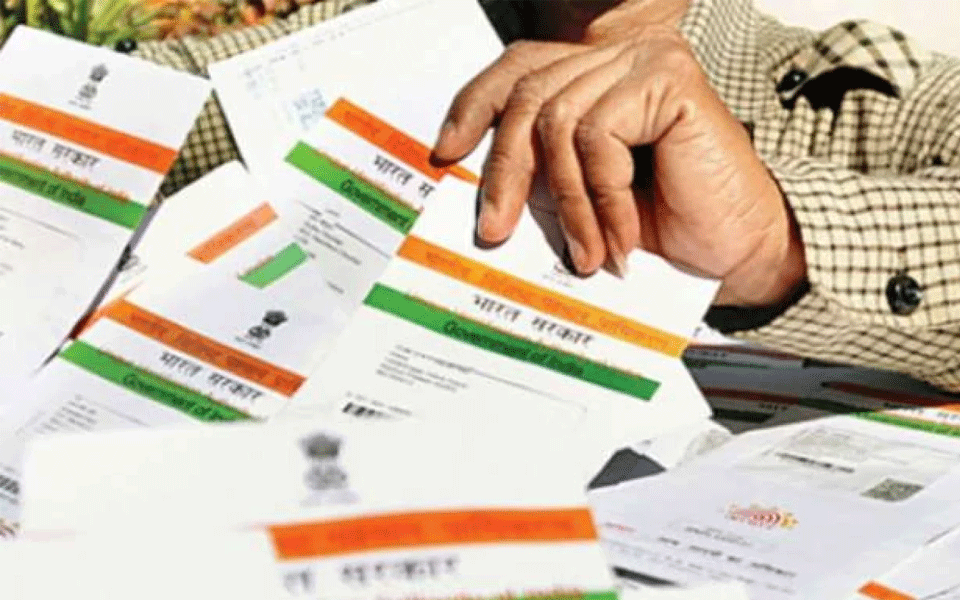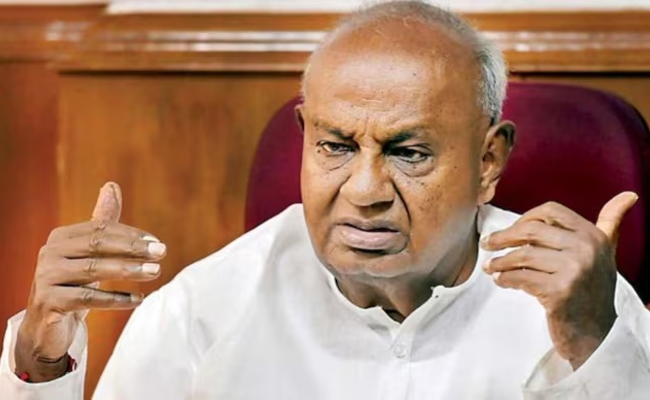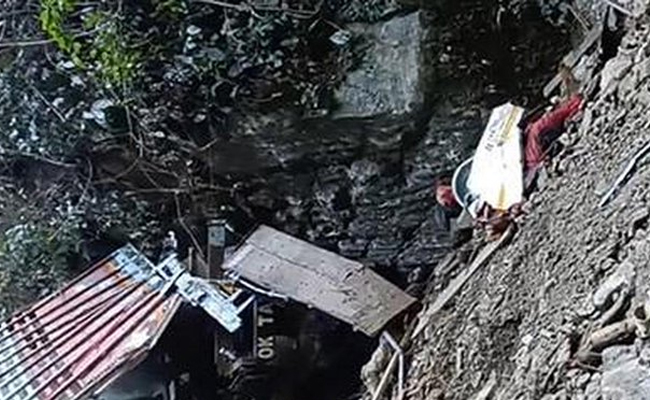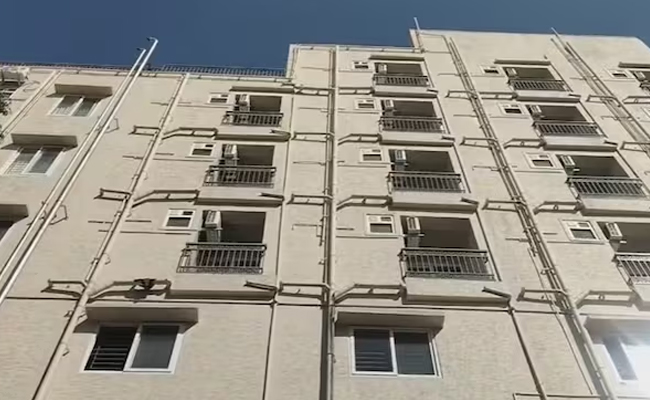New Delhi, July 28 : Alleged personal details of Indias telecom watchdog chief R.S. Sharma were leaked on Saturday after the TRAI chairman threw a challenge and tweeted his 12-digit Aadhaar asking if it had made him vulnerable to any security risk.
A French security expert, who goes by the nickname Elliot Alderson and uses twitter handle @fs0c131y, in a series of tweets caused ripples on the social media, leaking "personal address, DoB, your alternate phone number" and explaining to Sharma, the Telecom Regulatory Authority of India (TRAI) chairman, how risky it was to make the Aadhaar number public.
"People managed to get your personal address, DoB and your alternate phone number. I stop here, I hope you will understand why make your Aadhaar number public is not a good idea," Alderson wrote.
Sharma, a known defender of Aadhaar, has been maintaining that the unique ID does not violate privacy and the government reserved a right to create such a database of residents since it gives subsidies on state-run welfare schemes.
Amid a debate on privacy concerns, which has also reached the Supreme Court, activists and people in general fear that the 12-digit biometric number was harmful to citizen's privacy.
"My Aadhaar number is 7621 7768 2740. Now I give this challenge to you: Show me one concrete example where you can do any harm to me," tweeted Sharma, whose tenure ends on August 9.
A twitter user had earlier asked Sharma to "walk your talk" after the TRAI chief tweeted his interview with an online portal in which he strongly defended Aadhaar and rejected apprehensions that one billion Aadhaar accounts were vulnerable.
He said there had not been a single instance of data being breached and had there been one, the entire Aadhaar database would have been vulnerable.
Within hours of tweeting his Aadhaar number, Anderson replied to Sharma: "The phone number linked to this #Aadhaar number is 9958587977.
"According to an official @nicmeity circular, this phone number is the number of your secretary," Anderson wrote and posted a link to the Ministry of Electronics and Information Technology circular.
The security researched also posted a picture of Sharma with a portion of it blackened. "I supposed this is your wife or daughter next to you."
Anderson, who is known to have revealed security loopholes in the Aadhaar data system, also posted screenshots of Sharma's leaked details with key areas blackened and hidden.
One of the screenshots even carried his PAN details. But that was also hidden.
Let the Truth be known. If you read VB and like VB, please be a VB Supporter and Help us deliver the Truth to one and all.
New Delhi (PTI): India has proposed a preferential trade agreement (PTA) with Mexico to help domestic exporters deal with the steep tariffs announced by the South American country, a top government official said on Monday.
Mexico has decided to impose steep import tariffs - ranging from about 5 per cent to as high as 50 per cent on a wide range of goods (about 1,463 tariff lines) from countries that do not have free trade agreements with Mexico, including India, China, South Korea, Thailand and Indonesia.
Commerce Secretary Rajesh Agrawal said that India has engaged with the country on the issue.
"Technical level talks are on...The only fast way forward is to try to get a preferential trade agreement (PTA) because an FTA (free trade agreement) will take a lot of time. So we are trying to see what can be a good way forward," he told reporters here.
While in an FTA two trading partners either significantly reduce or eliminate import duties on maximum number of goods traded between them, in a PTA, duties are cut or removed on a limited number of products.
Trading partners of Mexico cannot file a compliant against the decision on imposing high tariffs as they are WTO (World Trade Organisation) compatible.
The duties are within their bound rates, he said, adding that their primary target was not India.
"We have proposed a PTA because its a WTO-compatible way forward... we can do a PTA and try to get concessions that are required for Indian supply chains and similarly offer them concessions where they have export interests in India," Agrawal said.
ALSO READ: Mexico's Congress approves higher tariffs on goods from India, China and non-FTA nations
Citing support for local production and correction of trade imbalances, Mexico has approved an increase in MFN (most favoured nation) import tariffs (5-50 per cent) with effect from January 1, 2026 on 1,455 tariff lines (or product categories) within the WTO framework, targeting non-FTA partners.
Preliminary estimates suggest that this affects India's around USD 2 billion exports to Mexico particularly -- automobile, two-wheelers, auto parts, textiles, iron and steel, plastics, leather and footwear.
The measure is also aimed at curbing Chinese imports.
India-Mexico merchandise trade totalled USD 8.74 billion in 2024, with exports USD 5.73 billion, imports USD 3.01 billion, and a trade surplus of USD 2.72 billion.
The government has been continuously and comprehensively assessing Mexico's tariff revisions since the issue emerged, engaging stakeholders, safeguarding the interests of Indian exporters, and pursuing constructive dialogue to ensure a stable trade environment benefiting businesses and consumers in both countries.
ALSO READ: Search operation ends in Anjaw truck accident, 20 bodies recovered
Federation of Indian Export Organisations (FIEO) Director General Ajay Sahai has said that Mexico's decision is a matter of concern, particularly for sectors like automobiles and auto components, machinery, electrical and electronics, organic chemicals, pharmaceuticals, textiles, and plastics.
"Such steep duties will erode our competitiveness and risk, disrupting supply chains that have taken years to develop," Sahai said, adding that this development also underlines the little urgency for India and Mexico to fast-track a comprehensive trade agreement.
Domestic auto component manufacturers will face enhanced cost pressures with Mexico hiking duties on Indian imports, according to industry body ACMA.





